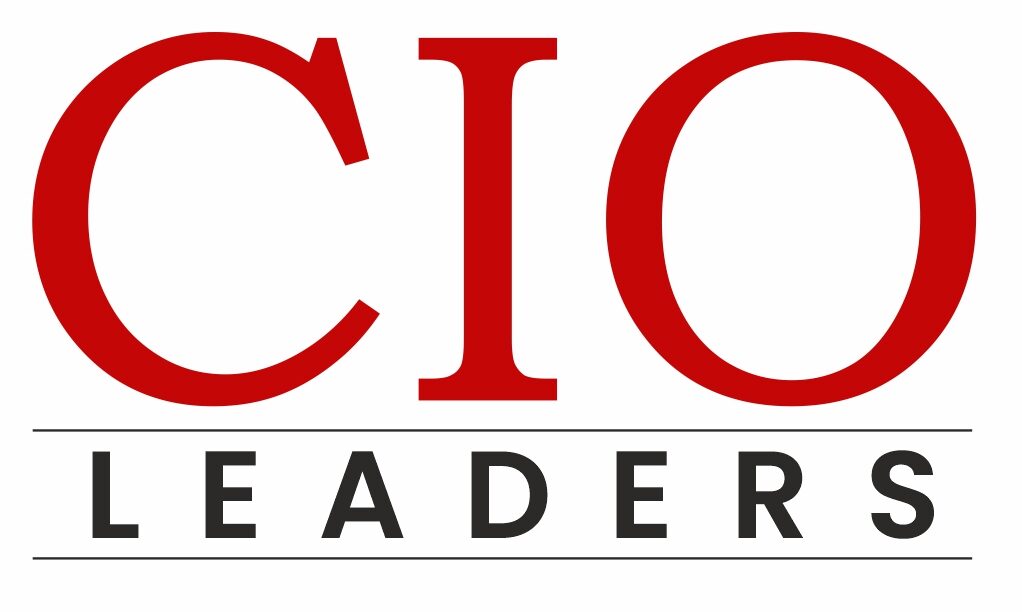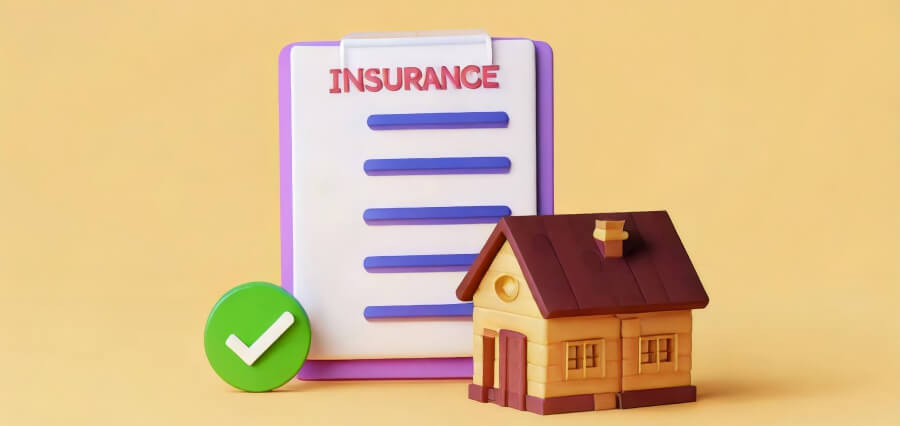Prime Highlights:
Stand Insurance, co-founded by Dan Preston, has seen a sharp rise in demand for wildfire coverage following LA’s January 2025 wildfires.
Legacy insurers are abandoning California, making Stand’s tech-driven approach increasingly relevant.
The startup uses AI to assess risk and provide tailored wildfire mitigation strategies for homeowners.
Key Background:
Stand, an insurance startup focused on wildfire-prone areas, has experienced an unexpected surge in demand after devastating wildfires ravaged Los Angeles County in January 2025. Launched just a month earlier, the company’s debut product was designed to address the growing risks posed by wildfires, offering property protection in a state where insurers are pulling back due to increasing fire hazards.
Dan Preston, CEO of Stand, noted that the fires prompted a dramatic 5-10x increase in inbound demand overnight, as homeowners in affected areas scrambled to find coverage. “As soon as this stuff started happening, the inbound demand was about 5-10x overnight,” Preston said. The fires, which have claimed over 25 lives, destroyed more than 12,300 structures, and scorched approximately 40,000 acres, have made it even harder for homeowners to secure insurance.
California’s increasing wildfire risks have already led to many major insurers limiting their exposure or exiting the market entirely. By mid-2024, at least eight insurers had reduced their coverage or left the state. Stand aims to disrupt the traditional insurance market by offering more affordable, technology-driven policies. The company uses artificial intelligence and “physics-driven insights” to assess risk and provide tailored mitigation recommendations for homeowners, such as tree pruning or replacing wood fences with fire-resistant materials.
While Stand has only insured a few properties so far, it is currently in discussions with hundreds of potential customers, with demand growing as people become more aware of the risks. Preston believes the fires have accelerated the need for innovation in the insurance sector, especially as existing insurers retreat.
Furthermore, Stand’s business model is targeted at high-value properties, typically ranging from $2 million to $10 million, which are at greater risk of fire damage. The company is working with reinsurers and hopes to lower costs as its model proves successful. Stand’s approach goes beyond individual home insurance, with Preston highlighting the importance of neighborhood-level safety and collaboration with city officials to design more resilient communities. This holistic focus, combined with cutting-edge technology, positions Stand as a key player in a rapidly evolving and increasingly critical market.

